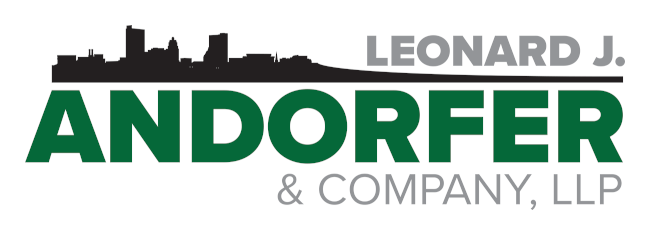The deadline for filing your tax return is April 18 for most people this year (due to the Emancipation Day holiday in Washington, DC falling on April 15), but if you are expecting a refund this year, you will probably want to file long before that deadline so that you can receive your tax refund sooner rather than later.
In addition to filing early, there are a number of other things you can do to ensure that you receive your tax refund as quickly as possible.
- Fastest refunds by e-filing, avoiding paper returns: Filing electronically with direct deposit and avoiding a paper tax return is more important than ever this year to avoid refund delays. If you need a tax refund quickly, do not file on paper – file electronically through a trusted tax professional.
- Special care for EIP, advance Child Tax Credit recipients: If you received a third Economic Impact Payment or advance Child Tax Credit in 2021, you should have received a letter from the IRS documenting the stimulus payments and advance Child Tax Credits that you received. Be sure to provide these letters to your tax preparer so that they can be entered correctly on your tax return. If these payments are reported incorrectly on your return, the IRS will need to further review the tax return, creating an extensive delay.
- Earned Income Tax Credit or Additional Child Tax Credit refunds: By law, the IRS cannot issue a refund involving the Earned Income Tax Credit or Additional Child Tax Credit before mid-February, though eligible people may file their returns earlier. The law provides this additional time to help the IRS stop fraudulent refunds from being issued.
- Don’t normally file a return? Consider filing for CTC, and other valuable credits: If you don’t normally file a tax return and didn’t file a 2020 return or use the IRS Non-Filers tool, you can still qualify for important credits that you’re eligible for, including the Recovery Rebate Credit (stimulus payment), advance Child Tax Credit (CTC) or the Earned Income Tax Credit (EITC). If you fall in this group, be sure to file a 2021 tax return so you can receive all the credits for which you’re eligible.
If you need help getting your refund as quickly as possible, please call our office so we can schedule an appointment.
